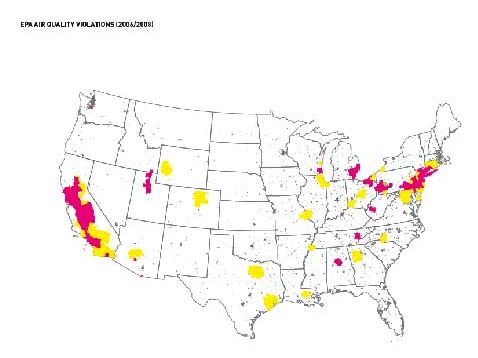Today we review a report from MIT which examines the state of urban health in the eight largest cities in the USA and explores ways to improve it socially, economically and environmentally, while testing the validity of several widely held assumptions. One belief, for example is the greater urban density can be linked to improved urban health while data suggest the opposite when it comes to water quality and biodiversity in cities. Adding more sidewalks to encourage more exercise from walking also puts people at risk if the sidewalks are close to vehicle emissions from heavy traffic. Measures of urban health for planners are different and sometimes incompatible with those used by public health specialists. The report contains rich, informative and differing assessments of each of the cities considered.

Key Quotes:
“People who live near highways typically have higher rates of asthma due to high levels of particulate matter in the air. Road congestion not only has environmental effects but can also cause stress and raise levels of aggression in drivers. Automobile-related crashes and fatalities have been linked to congested roadways.”
“the biggest potential for urban design to contribute to urban health is at the neighborhood scale, through street and block design. Block sizes and the massing, solar and wind exposures, and first floor interfaces of buildings with street level access determine to a large extent the quality of the pedestrian experience. Small block sizes combined with frequent, safe intersections increase the walkability of a neighborhood and larger parts of cities.”
“there is no conclusive evidence or body of definitive research that concludes one form of density is better or worse than another form….Stream quality is damaged roughly in step with increasing density/impervious cover. Up to a threshold, more density simply means more environmental damage for water quality/biodiversity.”
“the lack of valid and reliable standard indicators for measuring urban health…In very few cities are public health and planning agencies collaborating at the same table or discussion…Air quality, for example, might be measured as the number of days in a year in which the Air Quality Index was at an unhealthy level. A different air quality measurement might be the level of particulate matter measured by a monitoring station”.
“mapped datasets for overall mortality (eleven leading causes of death and eight subset causes), cancer deaths, obesity/diabetes/physical activity, particulate matter (PM-2.5) and ozone pollution.. New York stands out as having sectors that perform poorly on all the metrics. Minneapolis and Seattle stand out as performing well on almost all metrics.”
“over 80% of the inner suburban counties rank better than the central city county in these major health metrics.”






No comments:
Post a Comment